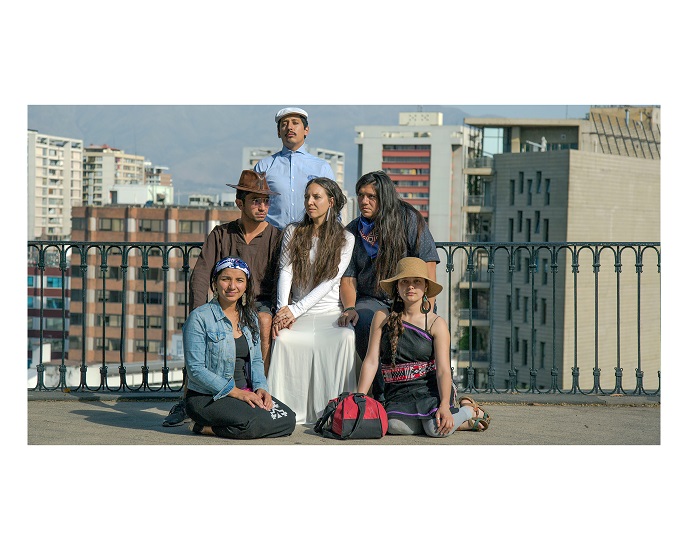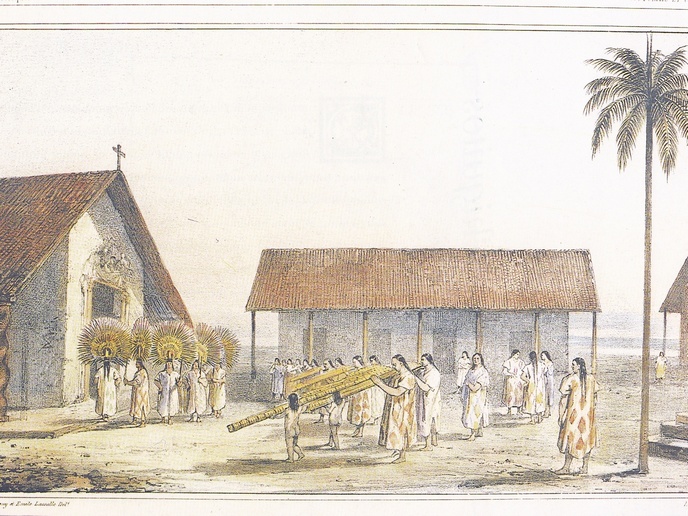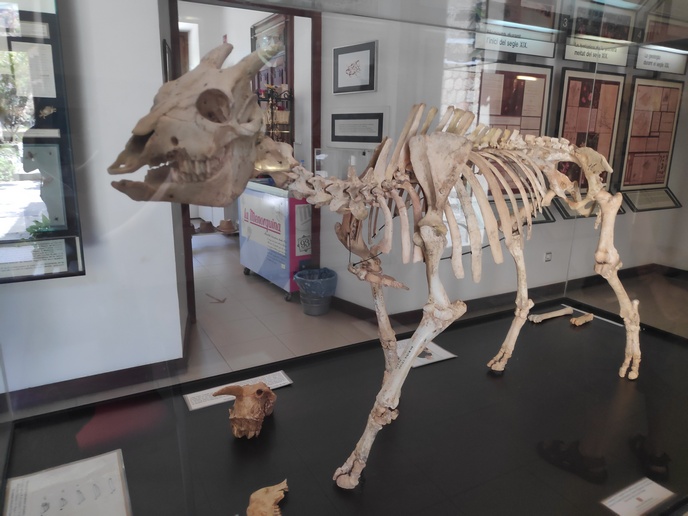Cryopreservation raises vital questions of life and death
We’ve all heard the rumours. That somewhere, perhaps under the Magic Kingdom itself, sits the frozen head of Walt Disney, patiently waiting for the day when scientists will be able to bring him back to life. While this claim is patently false, such rumours tend to get all the attention, freezing out any serious conversation about the science of cryopreservation – the process of preserving biological materials by freezing them at extremely low temperatures. The EU-funded CRYOSOCIETIES(opens in new window) project intends to change that by exploring how this speculative dimension informs the practice of cryopreservation. “We investigated the social dimensions of collecting, storing and using human and non-human organic material via deep-freezing technologies and what implications this has on our understanding of time and the concept of life,” explains Thomas Lemke(opens in new window), a professor of Sociology at Goethe University Frankfurt(opens in new window) and the project’s principal investigator. The project received support from the European Research Council(opens in new window) (ERC).
Deferring decision-making processes
Using a range of qualitative research methodologies, the project took a deep dive into the distinctive empirical fields and cryopreservation sites located across Europe. What they found is that most cryopreservation practices extend time horizons, meaning that they anticipate future concerns. “Our research shows that cryopractices are often part of a specific ‘politics of suspension’ that seeks to defer the decision-making process – whether that decision be to have children or to resurrect extinct species – to some future date,” says Lemke. But not everything about cryopractices can be postponed. “Cryopreservation also raises immediate concerns about privacy, data protection, potential misuse and the prospect of patenting and commercialisation,” adds Lemke.
A new vocabulary on cryopreservation practices
Based on its extensive empirical research, the project developed a new conceptual vocabulary that better addresses the critical questions surrounding cryopreservation practices. For example, it proposes the term ‘suspended life’ or ‘limbiosis’ as a new form of existence, one that sits somewhere between life and death. This conceptual innovation helps to question the prevailing notions of ‘latent life’ or ‘cryptobiosis’. “Words matter, and by better capturing the liminality of a biological state beyond the conventional understandings of a hidden or concealed life, we think these terms enrich the social-scientific discourse on cryopreservation, but also biological research,” notes Lemke.
Redirecting the cryopreservation conversation
Whether cryotechnologies will mean that death will no longer mean letting go of life remains to be seen. But thanks to the work done by the CRYOSOCIETIES project, we can start having serious conversations about the science of cryopreservation and what it could mean for society. “The project provided the first systematic and comprehensive account of contemporary cryopreservation practices from a science and technology perspective,” concludes Lemke. “In doing so, we’ve redirected the ongoing scientific debate and public discourse surrounding the topic.” The project has also inspired further research, including the ERC-supported CultCryo project. Lemke and his team recently published the first edited volume on critical temperature studies and continue to share their work with a non-academic audience via lectures, debates, seminars and online media.







